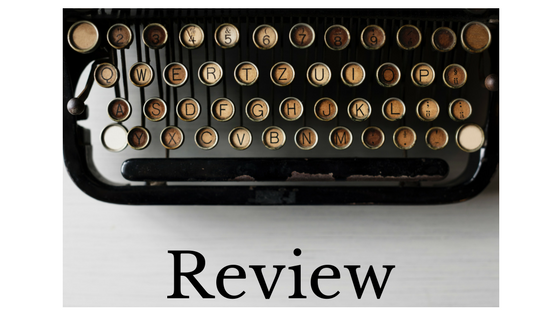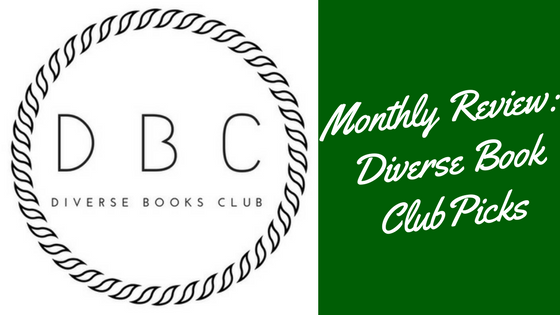“I’m not allowed to use the internet without an adult,” I say
“Right, I remember,” says Larry. “Why won’t your parents let you?”
“Because Gloria is on the internet.”
“Who’s Gloria?”
“Gloria is my Birth Mom. I used to live with her.”
Then I stop talking.
“Is she easy to find?” says Larry.
I shake my head. “No,” I say. “I tried to find her three times on the internet when I was in different Forever Homes but I kept getting interrupted.”
“What’s her name again?” says Larry….
I lean forward and look at him sideways over the top of my glasses. I push my hair out of my face but it falls back. I wish I had a scrunchie. “Gloria LeBlanc,” I say. It’s been a long time since I said the name LeBlanc with my mouth. Because that is what my name used to be. It’s like I left the original me behind when I came to live with my new Forever Parents. With Brian and Maura Moon. My name is Ginny Moon now but there are still parts of the original me left.

Synopsis
Ginny Moon is a 14 year-old girl with autism, adopted by her Forever Parents after being removed from Gloria, her Birth Mother who neglected her. No one seems to care that when Ginny was removed from Gloria, her Baby Doll was left behind and Ginny needs to care for her Baby Doll. When no one will help her find her Baby Doll, Ginny has no choice but to try to find her herself. Unfortunately, Ginny’s search for her Baby Doll means she has to make some choices that are Not Safe, risking her place in her Forever Family’s home.
Representation & Characters
I loved Ginny. This book is written to make you root for her, even when she is making what seem to be awful choices. In my experience, Ludwig’s sensitive portrayal of Ginny’s autism is fairly accurate. She isn’t presented as representative of all individuals with autism and she isn’t a Rain Man-esque savant. She is simply concrete and literal, though Ludwig gives you Ginny’s interior voice so you know why she is making the choices she is making. Knowing the why and how she got from point A to point B in her thinking made it so that I could identify with her, even though I’m not a person that the autism spectrum myself.
Along with the concrete thinking, she keeps the rules that make logical sense and violates the ones that don’t. She doesn’t abide by many social conventions—not because she doesn’t value the people involved but simply because the conventions don’t make sense in light of Ginny’s end game. I particularly appreciated that Ludwig portrayed a girl with autism, since the majority of the stories that seem to be out there with characters with autism feature boys.
Ginny’s Forever Mom and Forever Dad raised Big Feelings for me. Forever Dad is trying his best. While even he does not take the time or consider the source of Ginny’s anxiety over her Baby Doll, he is willing to spend more energy and time accommodating and meeting Ginny’s needs. Forever Mom on the other hand, was infuriating. Admittedly, her suggestions of institutionalizing Ginny may have made me hate her more than was directly called for—part of my job is working to get people out of institutions and set up with the services and supports they need to be successful in their communities. I’m sure Maura was frustrated and Ginny did do things that, when you didn’t understand the full context (as Forever Mom didn’t) seemed like Ginny didn’t care about her Forever Family and wouldn’t be safe around the baby who was on the way. But Forever Mom also refused to listen to the counselor and wanted to send Ginny away. So I still feel ok about disliking her as a person.
While he is a minor character, I also want to mention Ginny’s friend Larry. I loved that Ludwig included Larry—that he cares for Ginny, that he is a friend for Ginny, and that he even seems to have a crush on Ginny. People with disabilities are far too often presented as if they are asexual or unable to be the objects of real desire and so just presenting a teenager with a crush on a girl with autism made me want to stand up and cheer.
Mood
I can honestly say that never before has a book inspired such feelings of anxiety. I listened to Ginny Moon on audiobook and the feeling of growing tension about choices Ginny is making filled me with dread and anxiety the further I went into the book. As the reader, you can see the train wreck that’s building—Ginny reaches out to Gloria. Gloria begins to contact Ginny. Ginny makes choices to try to get back to Gloria and her Baby Doll. Each of the series of choices Ginny makes has worse possible consequences than the one before and you’re cringing as you read, waiting to see what will happen, hoping something will interrupt the coming course of events.
I found myself torn between not being able to stop listening, needing to know what came next and pausing the book because I couldn’t handle the tension and oh my god, Ginny this is a bad idea and why aren’t you listening to what Ginny is saying! If you would listen to Ginny, she wouldn’t be making unsafe choices. THIS IS UNSAFE.
With that said, this was the Diverse Books Club pick last year when we were looking at disabilities and I know more than one Highly-Sensitive Person who read and thought this book was amazing. Don’t let the anxiety it produces scare you away from reading it. Just know ahead of time that it is a book that you may need to take breaks from if you’re an HSP. And if you’ll pardon the spoiler, Ginny is alive and healthy at the end of the book, in case knowing that makes it easier to read.
Minor Criticism
The only detail that really threw me off was the inclusion of Larry in the SpEd classroom. Unless I missed something, Ginny’s friend Larry has a physical disability that requires him to use crutches but does not have any kind of cognitive deficits associated with his disability. While many schools do not treat the SpEd kids well or provide all needed services; in my experience, a kid with solely physical disabilities wouldn’t be put into the self-contained classroom like this. There would be no reason Larry can’t participate in a mainstream classroom, with physical accommodations like seating closer to a door and more time to get to class. The inclusion of Larry in Ginny’s class was necessary for him to be able to aid and abet her in things like using the internet; however, it felt odd throughout for me that he was in the classroom at all.
Recommended
Ginny Moon is well-written with a distinct narrator that makes the book an anxiety-producing joy to read. It’s a book that will draw Big Feelings from you and is a book that would do well with a book club since Ginny’s choices, as well as those of her family, would make good fodder for discussion. (At least some of the reviews on Goodreads are pretty negative—while I disagree with these, the best kind of book club books are the ones people disagree about.)
The themes and reading level of the book, while aimed at adults, are well within the grasp of older teens and so this would also be a book I recommend for young adults that enjoy some non-YA fiction. Indeed, reading well-written books with diverse characters, including characters with disabilities, can only be beneficial. I honestly believe that one of the ways I’ve developed into a more empathetic person over time (besides having a close friend who got a degree in counseling) is by fiction that presents a diversity of voices and viewpoints. Everyone is equal at the library checkout counter.
Notes
Published: May 1, 2017 by Park Row Books
Author: Benjamin Ludwig
Date read: November 17, 2017
Rating: 4 ½ stars






 Secret Daughter
Secret Daughter







